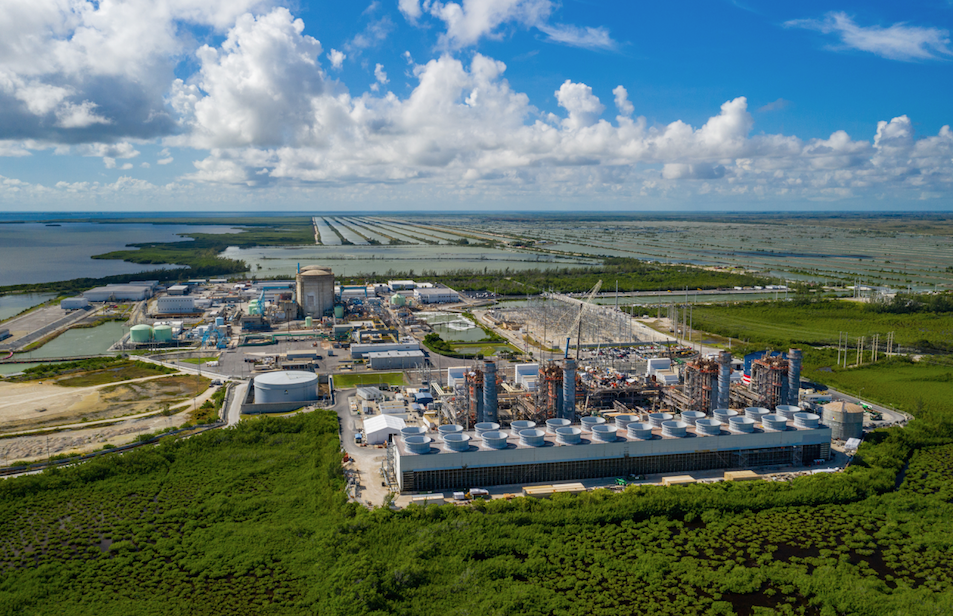Peru launches ‘mega-operations’ to destroy illegal mining camps in biodiversity hotspot

Peruvian authorities were able to identify and destroy new illegal mining camps in the Madre de Dios region.
Located in the Amazon Basin in the southeastern part of the country, Madre de Dios is a protected tropical biodiversity hotspot. The area, however, has been plagued with illegal river gold mining for years.
Following what has been deemed as “two mega-operations” that involved intelligence work carried out by the National Police and the Peruvian Army, the Fifth Office of the Specialized Prosecutor for the Environment of Madre de Dios was able to locate two major camps in the Chorrillos and Túpac Amaru sectors.
The government agents seized and destroyed 41 engines, 3,382 pipelines, fuel, steel wires, batteries, easels, and machinery, among other items.
The official information does not mention any arrests made in connection with the operations.
A 2022 USAID report revealed that over 46,000 artisanal miners work illegally in Madre de Dios. Of those, over 9,000 conduct their activities in protected areas.
Overall, it was estimated that up to 2017, illegal gold mining in the region was responsible for the deforestation of more than 100,000 hectares of the Peruvian Amazon.
Following massive interventions carried out in 2019, it was estimated that illegal mining in the region decreased by 50% relative to its peak in that same year. However, such government efforts have proven narrowly effective at halting environmental degradation because even though illegal activities decreased in the protected area, researchers identified a rapid increase of mining operations in private and public lands outside the targeted zone – in some cases, mining even continued across the highway from the protected site.
Scientists are concerned about such patterns continuing and pushing mining rates to pre-intervention levels. They also worry about how little reforestation has taken place and about the abandoned tailings ponds that still sit idle in the ecosystem.
More News
{{ commodity.name }}
{{ post.title }}
{{ post.date }}



Comments